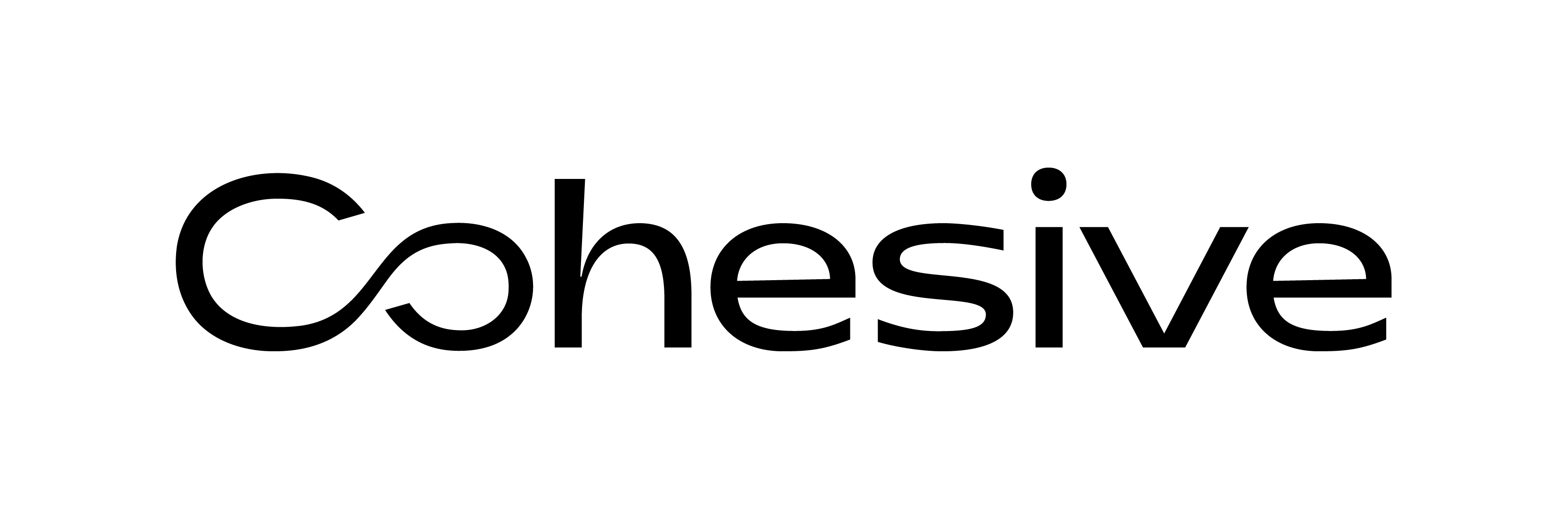Cohesive Solutions is now Cohesive. We’ve brought together powerhouses in the IBM Maximo and Asset Management fields to become the largest IBM Maximo implementor in the world. We help asset-intensive organizations implement, optimize, and continuously improve their asset management programs. Our team specializes in highly regulated industries such as Oil & Gas, Utilities, Manufacturing, Aerospace & Defense, Facility Management, and Nuclear.
Cohesive Solutions is now Cohesive
Cohesive Solutions
Cohesive Information Solutions was founded in 1998. Our clients maintain some of the world’s most critical infrastructure we rely on for day-to-day life. Our team of experts combines deep industry expertise and business process transformation with a proven technology implementation methodology to deliver the best business outcomes for our clients; helping them run safe, environmentally friendly, and highly profitable operations.
In 2020, Cohesive Solutions (having dropped the “Information” moniker in 2015) became Cohesive, a wholly owned but independently operated business unit of Bentley Systems (www.bentley.com). Cohesive provides advisory, systems integration, and technology strategies and services to help infrastructure owner-operators advance their BIM, enterprise asset management (EAM), and asset lifecycle information (ALIM) environments through performance digital twins.
We provide solutions and insight built on years of experience for highly capitalized industries. Cohesive solves the most complex business challenges by applying industry-leading practices for production, O&M, supply chain, finance and budgeting, CAPEX, and HR. Our continued rapid growth and customer retention reflect our reputation as a leading business solutions and consulting firm, delivering powerful tools to improve productivity while reducing cost.
Better Together
Learn more about Cohesive
Discover how Cohesive empowers you through digital transformation and enterprise asset lifecycle optimization.





